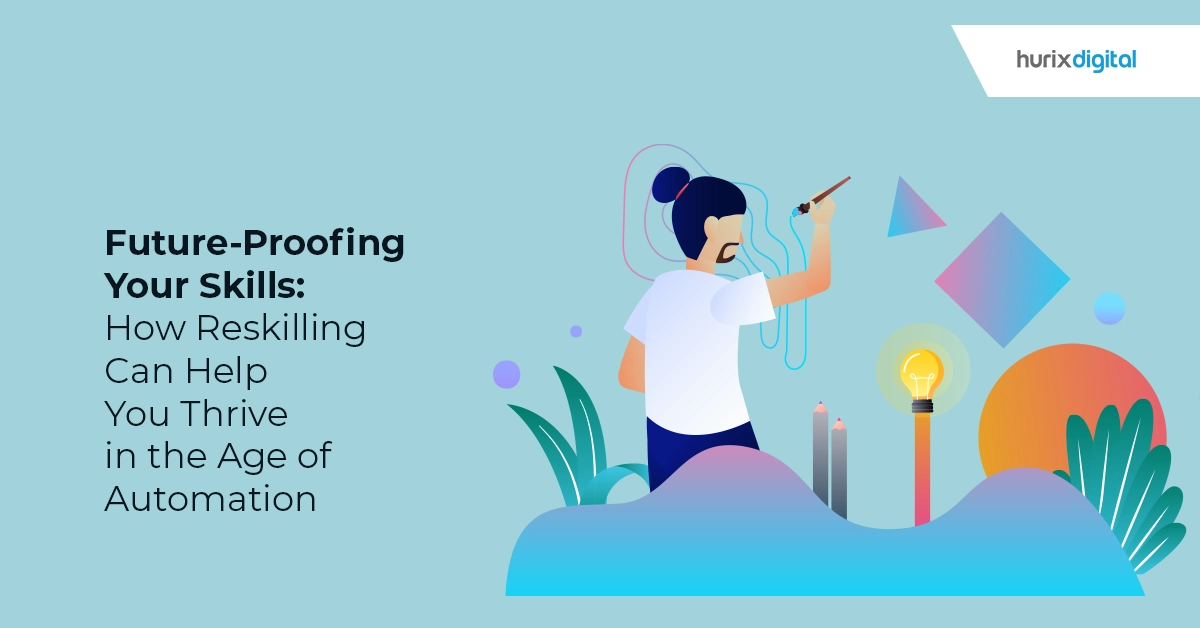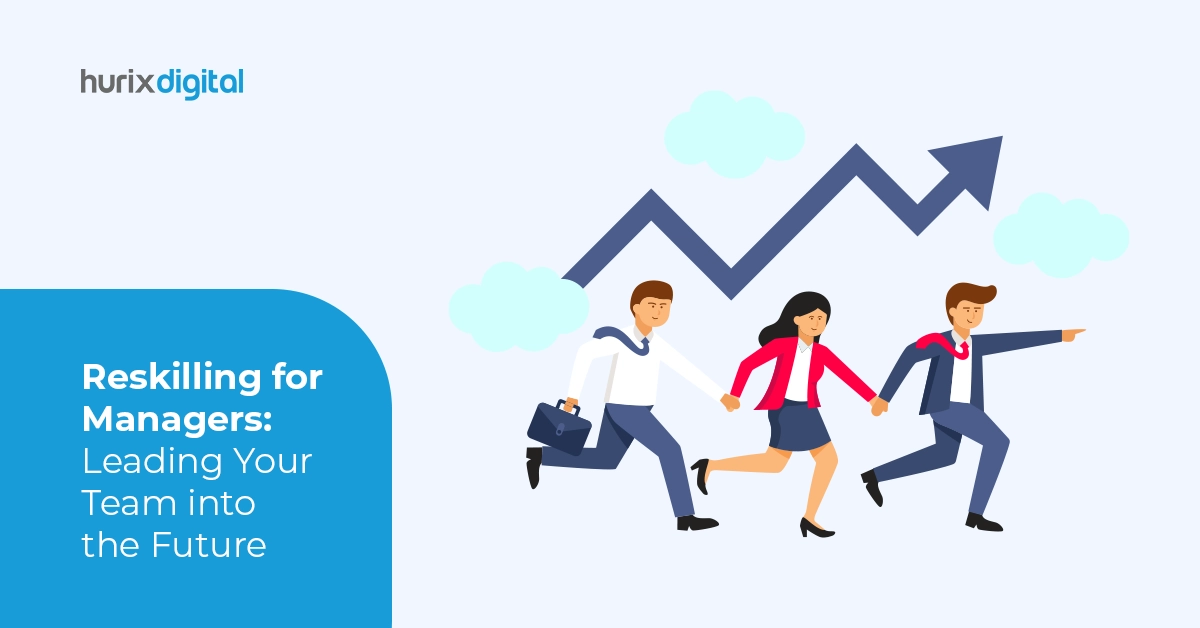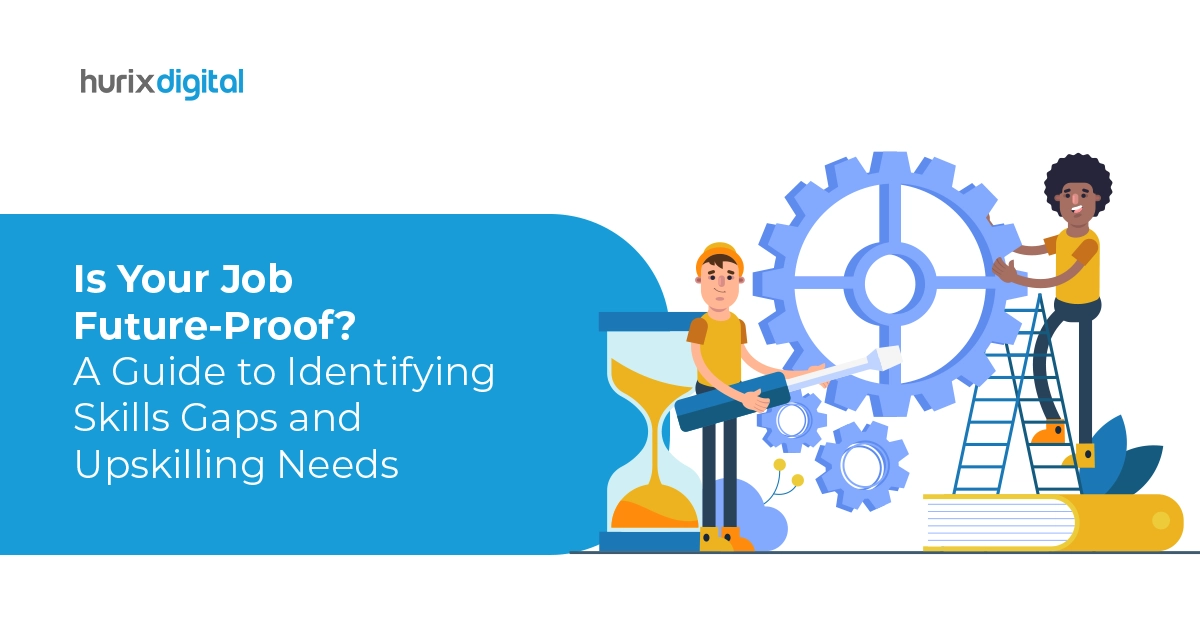
Why Should Enterprises Provide Continuous Learning Opportunities to Employees?
Why is continuous learning important?
Consider the fact that at any given point, our minds can recall just about 30% of the overall learning. Then again, the brain is programmed to retain only recently learnt information, which means it tends to forget knowledge and skills that are not used frequently. We are living in the age of information overload, where there is a constant flux of new information, which means we need to constantly upgrade our knowledge and skills.
In fact, the shelf life of professional skills is anywhere between 18 months to two years, which itself builds the case for organizations and employees to continuously learn and upgrade their skills to stay relevant in the highly competitive market.
Disruptive changes in knowledge and technology, rapid advancements in automation and artificial intelligence are some other factors that are driving the need for continuous learning, ensuring that both employees and the organizations meet career growth and market needs, respectively.
The good news is that while information is evolving continuously, so are the means to impart new knowledge and skills. The digital revolution has ensured the easy availability of high-quality learning and development resources at low costs. Further, organizations can also create custom content either in-house or by hiring the services of specialized eLearning content development companies to support the continuous learning needs of their employees.
Benefits of continuous learning for enterprises
Fill the skill gap: As enterprises grow, they experience a skill gap among their existing employee base. Business expansion inevitably brings in the requirement for a fresh set of skills to meet the growing demand for product development, service enhancement, marketing and sales, communications and other organizational functions.
Rather than hiring new employees and adding to cost, a better option is to build and nurture a continuous learning culture to fulfill the ever evolving skill demands that rise with expansion. Further, upskilled employees are satisfied employees. Research is testimony to the fact that employees value continuous learning and development.
It is observed that nearly one-third employees leave their jobs within the first six months of joining and the cost to the company can be anything between 1.5 to 2 times their remuneration. So, with continuous learning, enterprises can nurture their existing workforce, invest in upgrading their knowledge and skills to fulfill evolving business functions and keep the internal talent pipeline flowing
Achieve competitive advantage: Investing in continuous learning enables enterprises to drive more value across the organization and improve their overall performance.
Studies show that enterprises that invest in continuous training of their employees benefit from 50% higher net sales per employee. Strong learning cultures ensure faster time to market, faster and improved response to customer needs, and ability to anticipate and fulfill market needs. There are several skills which enterprises can focus upon to hold them in good stead, for instance, digital marketing, project management and financial analysis; or it can be soft skills such as public speaking and writing.
The other option is to cross-train departments so that employees gain a more holistic view of how the enterprise operates and how they can fine-tune their contributions, improve collaboration and develop deeper bonds between all teams. A culture of continuous learning helps organizations to create differentiation in a competitive market.
Create a conducive work environment: A continuous learning culture not only helps to build a more constructive and creative workforce, but also a more innovative and enjoyable work environment. An organization’s trust in its employees and its demonstrated commitment to invest in their professional welfare is a great morale booster, motivating them to put their best foot forward while fulfilling their roles and responsibilities.
A positive work environment ensures greater connection between the employees and the organization, such that the workforce will go the extra mile to ensure their own professional growth, while at the same time help realize organizational goals. So, continuous learning is a win-win situation for all.
Apart from providing a conducive work environment, continuous learning helps to bring down the attrition rate. Employees that are satisfied with their organizations investing in their welfare are 30-50% more likely to stay for the long run with their current employers.
In conclusion
When it comes to continuous learning, enterprises don’t have to take the traditional route to learning. The traditional training approach is expensive, time-consuming and not too practical with the employees hard-pressed for time and located in diverse areas.
The ongoing pandemic has forced organizations to allow their employees to work from home, a concept which is likely to be the new normal when the pandemic draws to a close. Going forward, enterprises interested in continuous learning can invest in and benefit from an on-demand learning model where employees can choose the courses they wish to undertake online and complete them at their own pace.
Taking advantage of the digital technologies, eLearning or online learning is gradually taking center-stage, offering various learning methods such as blended learning, web-based learning, instructor-led learning, microlearning and mobile learning. All these formats allow learners to choose their own courses or enroll in courses mandated by their organizations and learn at their own pace.
With the online, on-demand model it is easy for enterprises to refresh and update their curriculum and make it available to their employees.
By building a continuous learning environment, enterprises can better engage with their workforce and empower them with skills that hold them in good stead and also help to realize organizational goals. Enterprises that embrace continuous learning benefit from happy employees, better performance and more competitive differentiation in the market.







